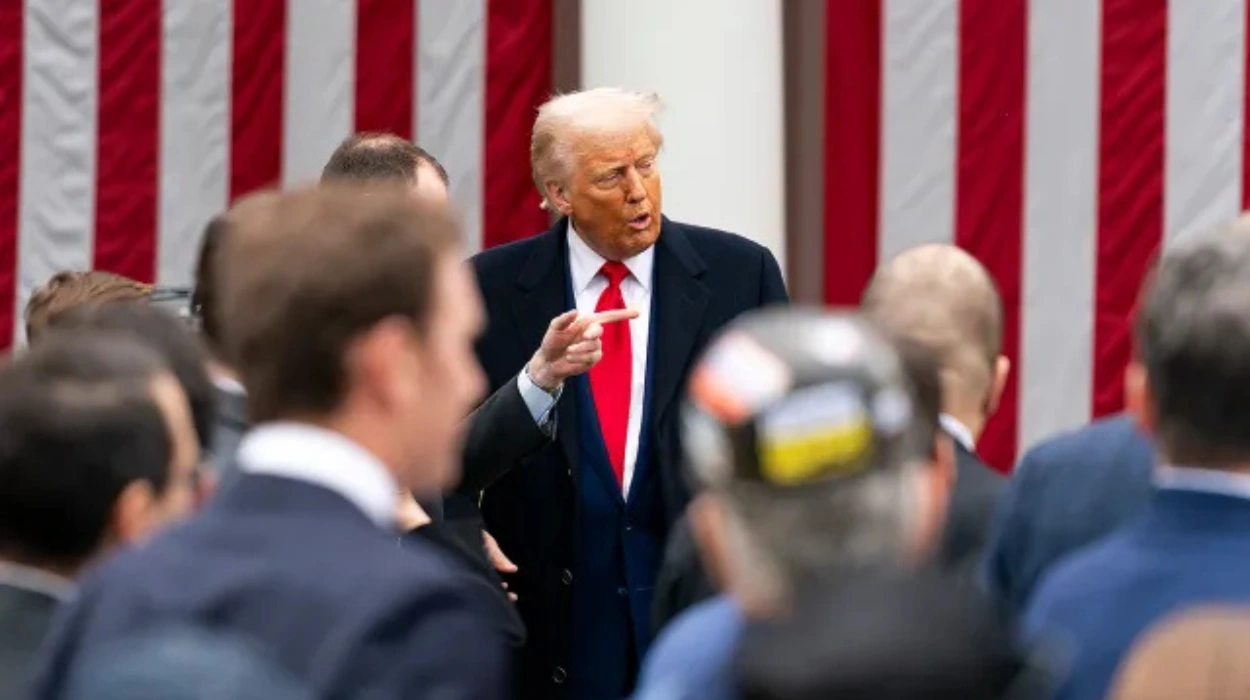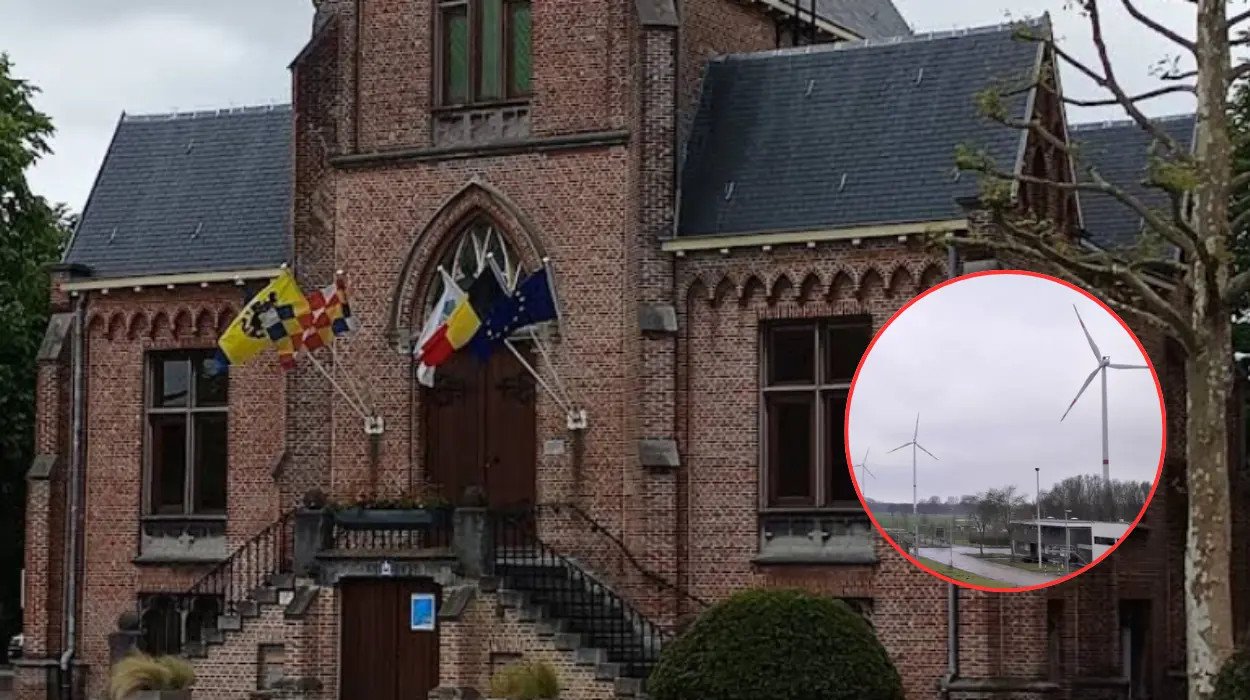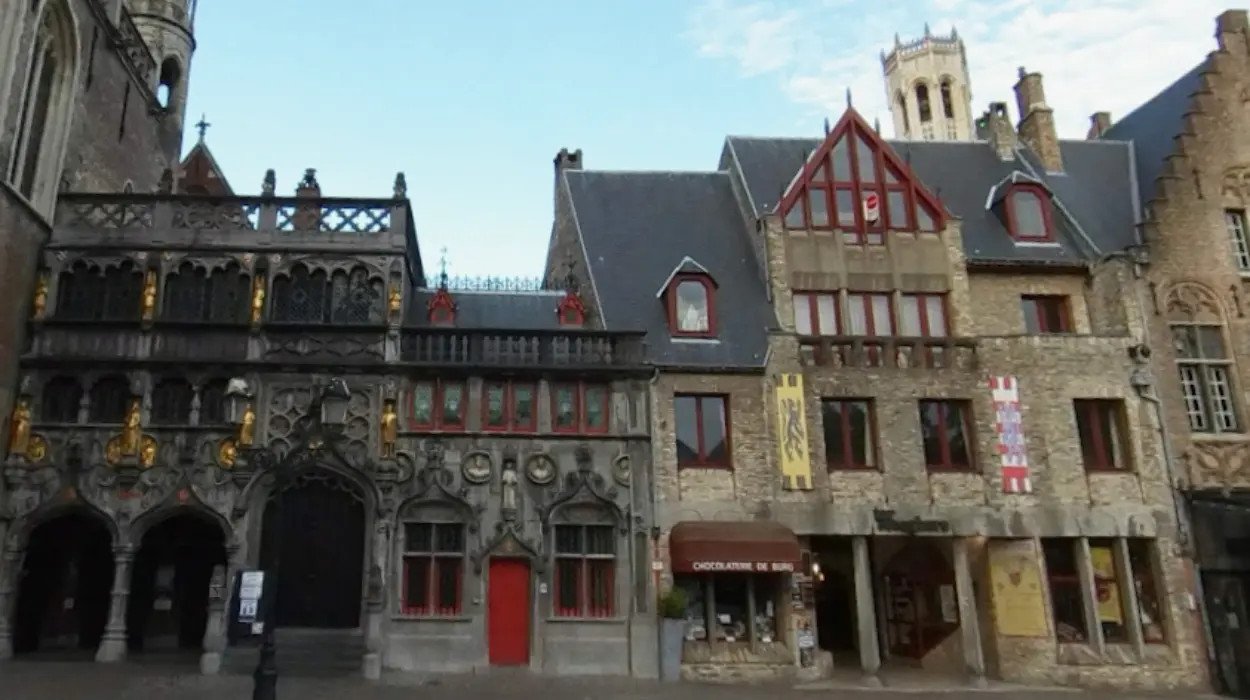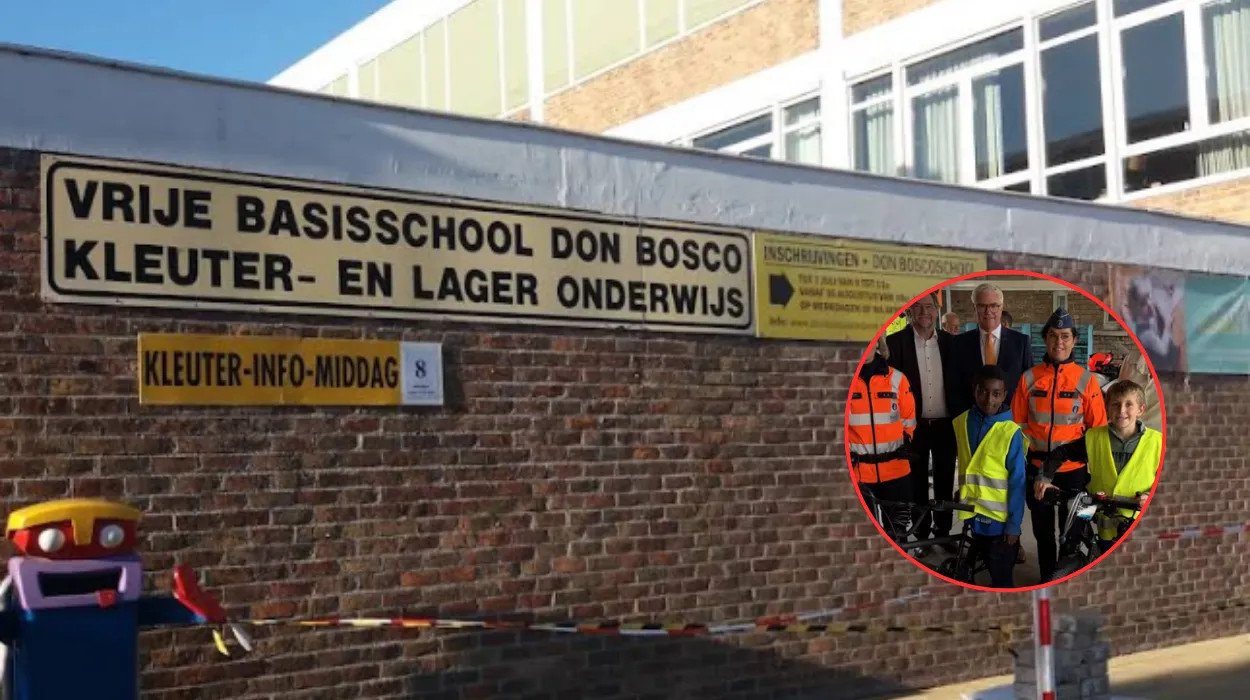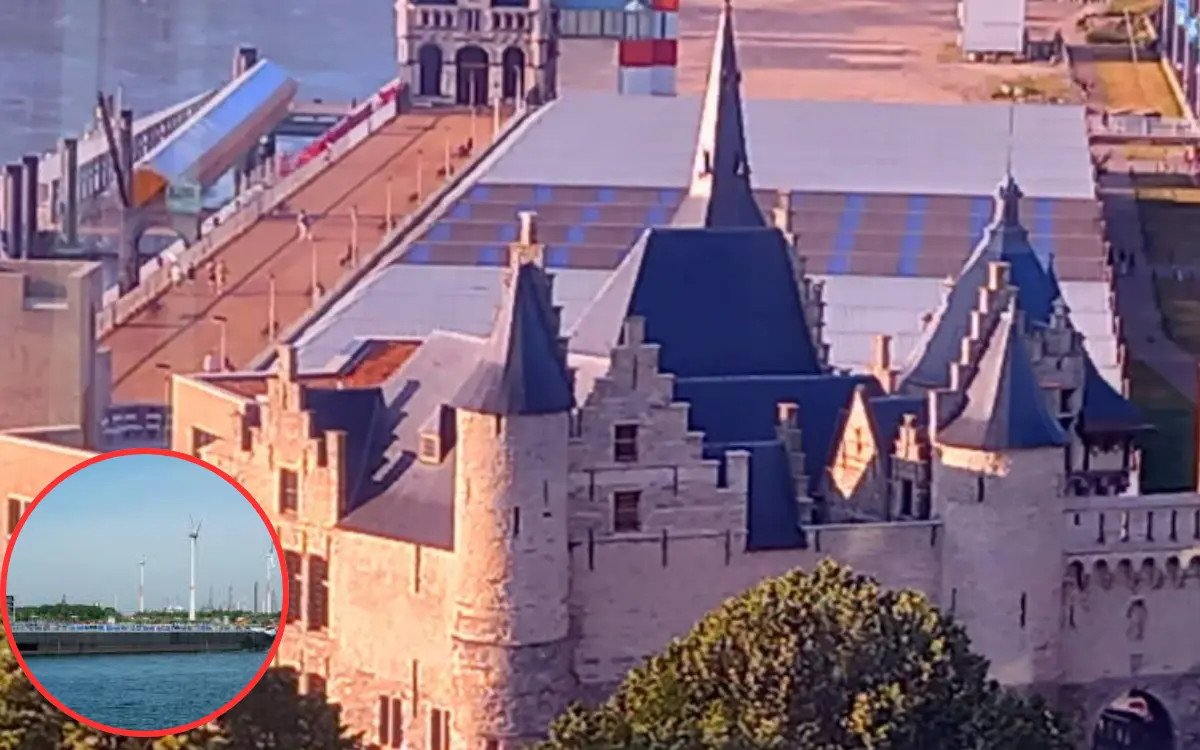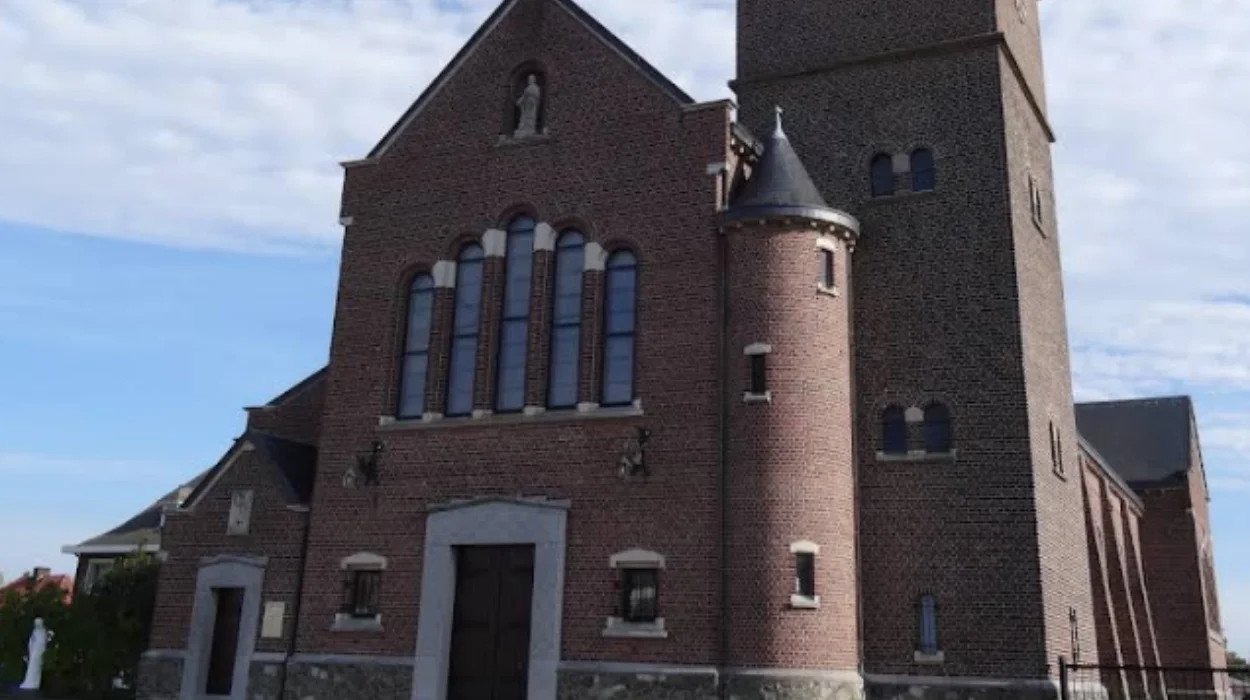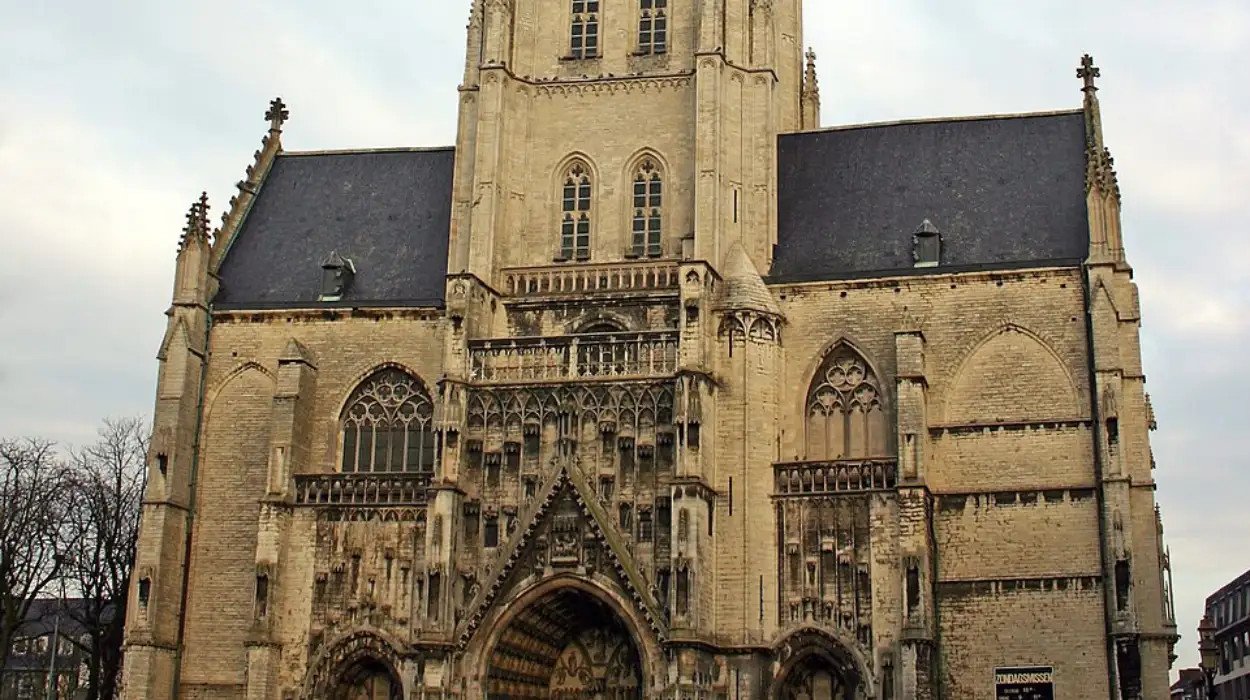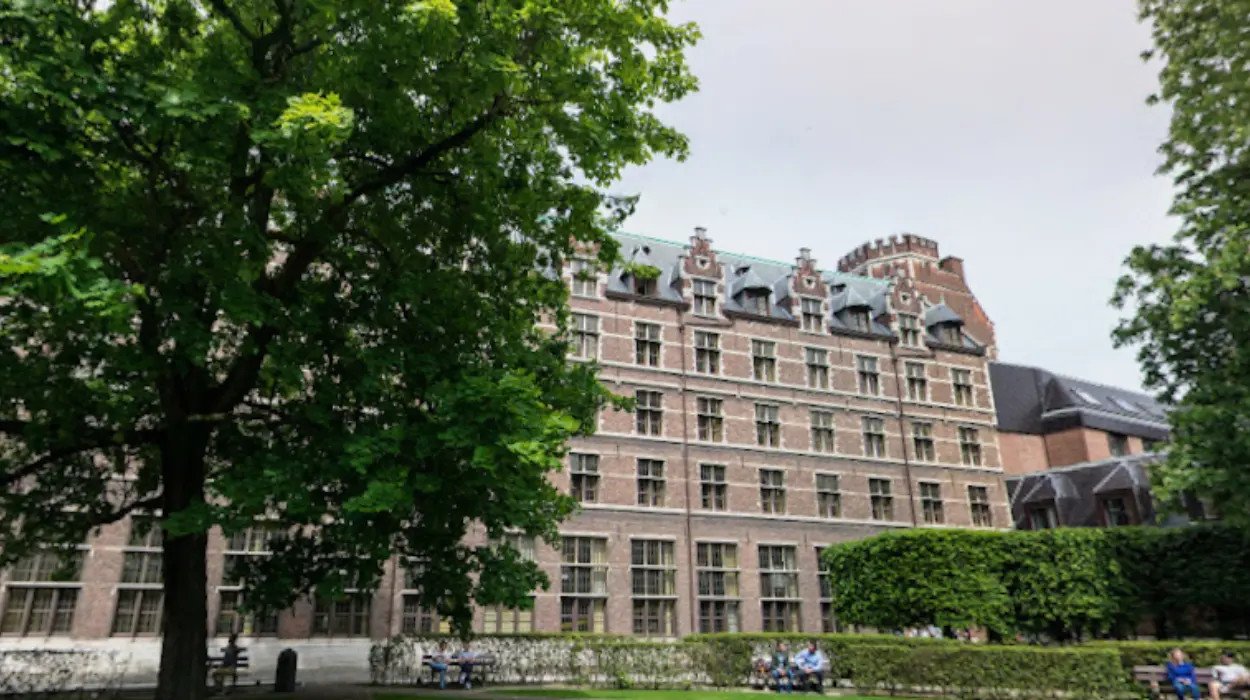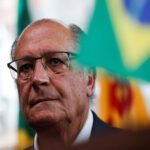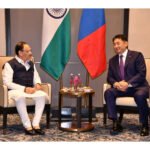Trump’s Alaska Summit with Putin: A Strategic Shift in Global Diplomacy
U.S. President Donald Trump welcomed Russian President Vladimir Putin at Joint Base Elmendorf–Richardson in Anchorage, Alaska, in a ceremony that underscored a significant transformation in international relations. The warm reception, characterized by red carpets and the absence of Ukrainian representation, marked a pivotal moment with major implications for Ukraine and Europe, reports 24brussels.
The Alaska summit, followed shortly by a high-stakes Oval Office meeting with Ukrainian President Volodymyr Zelensky and key European leaders, has illuminated the fractures in Western solidarity. Trump, reverting to his role as a dealmaker, is now addressing issues that extend beyond domestic ratings, delving into borders, sovereignty, and the future of European security.
Trump’s strategy to resolve the ongoing conflict in Ukraine reflects his hallmark approach: transactional, driven by optics, and prioritized on personal diplomacy.
“There’s no deal until there’s a deal,”
he asserted to the press following the summit, adding that he and Putin had achieved “great progress.” However, the nature of this progress raises eyebrows, hinging on potentially controversial concessions from Ukraine in return for a ceasefire and unspecified security guarantees.
“President Zelensky of Ukraine can end the war with Russia almost immediately, if he wants to,”
Trump commented on Truth Social, suggesting that Ukraine should consider ceding Crimea and forgoing NATO membership. The implication was stark: peace is contingent upon Ukraine’s capitulation to Russian demands.
Putin, while remaining cautious, asserted the necessity to address the underlying causes of the conflict, cautioning Ukraine and its allies against obstructing diplomatic efforts.
“The conflict’s primary causes must be eliminated,”
he stated, warning against any actions that might derail the peacemaking process.
The Kremlin’s narrative of seeking peace through acknowledging Russian territorial claims resonated with Trump’s post-summit comments.
European leaders, alarmed by Trump’s apparent unilateralism and the spectacle of Putin’s red-carpet treatment, swiftly moved to reassert their role in the dialogue. A joint statement issued by German Chancellor Friedrich Merz, French President Emmanuel Macron, UK Prime Minister Keir Starmer, and others emphasized that
“international borders must not be changed by force” and that Ukraine must receive “ironclad security guarantees.”
Macron bluntly remarked:
“If we show weakness today in front of Russia, we are laying the ground for future conflicts.”
Merz added:
“Let’s try to put pressure on Russia,”
expressing opposition to Trump’s view that a ceasefire was secondary to a final settlement.
This unified European front is more than merely rhetorical; it reflects a critical strategic assessment that any peace deal that concedes to Russian aggression would embolden Moscow and undermine continental stability. EU foreign policy chief Kaja Kallas warned:
“Russia has no intention of ending this war any time soon.”
Amid Trump’s maneuvers and Europe’s collective resolve, Zelensky has navigated a delicate diplomatic landscape. He swiftly rejected Trump’s proposal for territorial exchanges, asserting:
“Russia must end this war, which it itself started.”
Nonetheless, he expressed appreciation for U.S. support and tentatively endorsed Trump’s suggestion for a trilateral summit with Putin.
“The question of territories is something we will leave between me and Putin,”
Zelensky stated after his meeting at the White House, indicating his willingness for direct discussions without preconditions. He stressed the importance of robust security guarantees and asserted that
“Europeans must be involved at every stage.”
Zelensky’s cautious approach reflects the grim realities of wartime diplomacy. He must maintain cooperation with Trump, who controls substantial U.S. military assistance, while rejecting any arrangement that undermines Ukraine’s sovereignty or territorial integrity.
Putin’s attendance in Alaska, his first in ten years, was more than a mere formality; it represented an intentional strategy to recontextualize Russia’s standing on the world stage. By engaging with Trump on American soil, Putin suggested a shift from pariah to peer. The absence of sanctions, coupled with no Ukrainian representation and the summit’s deferential dynamics, reinforced this narrative.
Russian state media hailed the meeting as a historic breakthrough. Without a ceasefire, a new sanctions regime, and clear concessions from Moscow, this interpretation holds its ground. As Lithuanian Defense Minister Arvydas Anušauskas remarked:
“Putin used manipulative rhetoric to mask continued violence.”
A notable commitment emerging from the Washington meetings was Trump’s promise of “security guarantees” for Ukraine. European leaders welcomed this development, with Ursula von der Leyen likening it to NATO’s Article 5. However, the specifics remain lacking clarity.
Zelensky indicated that these guarantees would be formalized within a week to ten days and might encompass a $90 billion military aid package. Yet, the enforcement of such guarantees remains uncertain, especially with Ukraine’s current exclusion from NATO.
Putin’s reaction was predictably dismissive; Russian negotiator Kirill Dmitriev reiterated that Moscow opposes any interim ceasefire, advocating instead for a “lasting peace” that would likely incorporate acknowledgment of Russian territorial claims.
Trump’s latest peace initiative has opened a new chapter in the Ukraine conflict, where diplomacy might finally gain prominence. However, the risks involved are profound. A settlement that compels
